Manufacturer Douglas Aircraft Company | ||
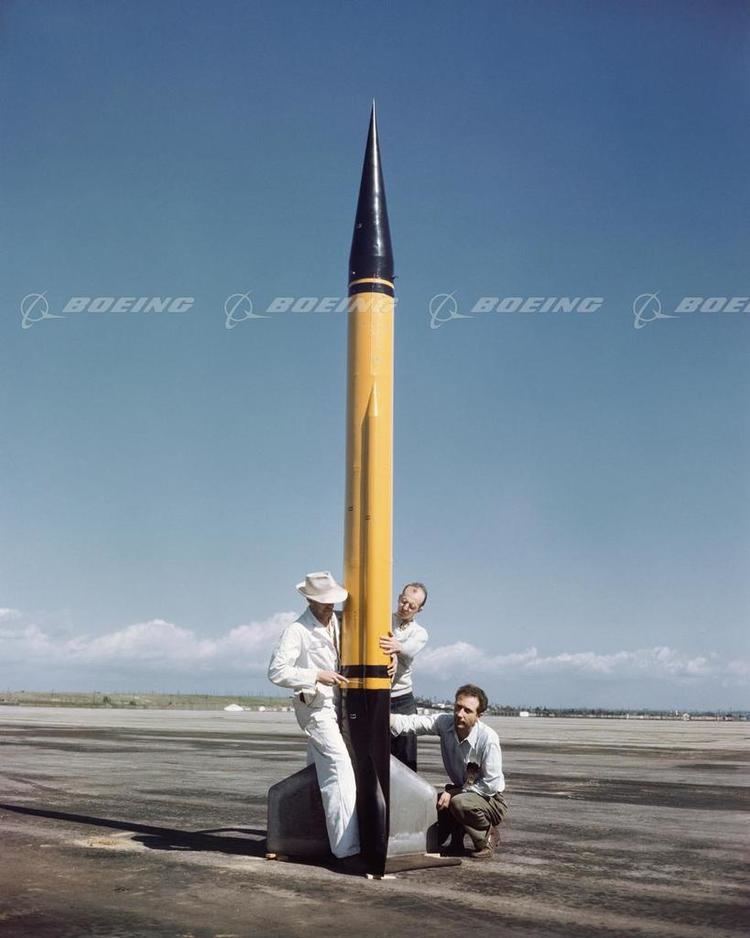 | ||
Similar Viking, RM‑81 Agena, Arcas, Explorer 6, S‑Series | ||
Thunderstruck 5 wac corporal
The WAC or WAC Corporal was the first sounding rocket developed in the United States. Begun as a spinoff of the Corporal program, the WAC was a "little sister" to the larger Corporal. It was designed and built jointly by the Douglas Aircraft Company and the Guggenheim Aeronautical Laboratory.
Contents
- Thunderstruck 5 wac corporal
- Wac corporal ldrs30
- Name
- Overall dimensions
- Tiny Tim booster
- WAC Corporal sustainer
- References

The WAC Corporal was a hypergolic liquid-fuel rocket. Fuming nitric acid was the oxidizer and a mixture of aniline and furfuryl alcohol (with the later addition of hydrazine) was the fuel. It was launched by a solid fuel Tiny Tim booster.
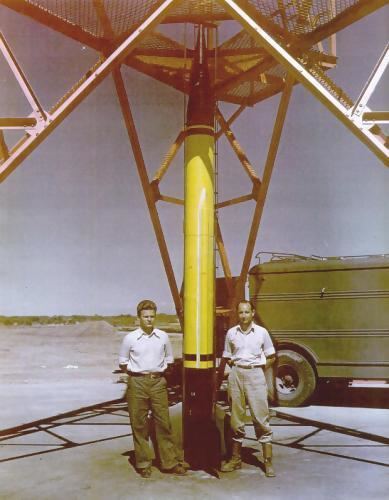
The first WAC Corporal dummy round was launched on September 16, 1945 from White Sands Missile Range near Las Cruces, New Mexico. After a White Sands V-2 rocket had reached 111 kilometres (69 mi) on May 10, a White Sands WAC Corporal reached 80 kilometres (50 mi) on May 22, 1946 — the first U.S.-designed rocket to reach the edge of space (under the U.S. definition of space at the time). On February 24, 1949, a Bumper (a German V-2 rocket acting as first stage) bearing a WAC Corporal at White Sands accelerated to 8,290 kilometres per hour (5,150 mph) to become the first flight of more than five times the speed of sound.
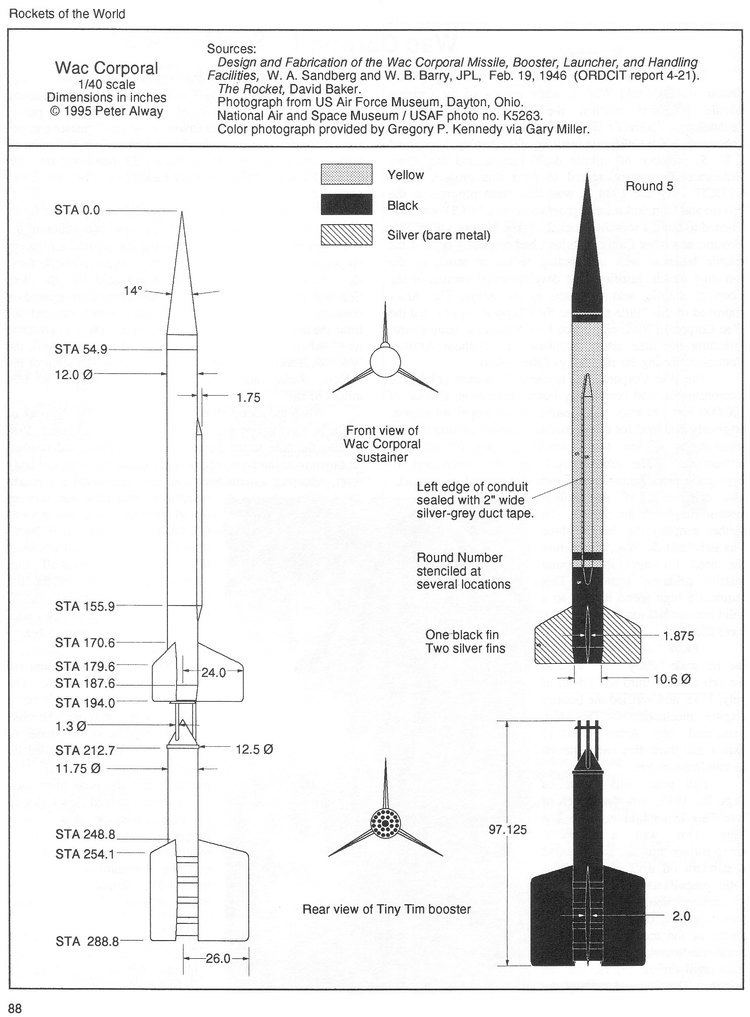
Scientists were later surprised when almost a year after the launch, tail fragments of the WAC Corporal rocket that reached 8,290 kilometres per hour (5,150 mph) and an altitude of over 400 kilometres (250 mi), were found and identified in the New Mexico desert near the launch site.
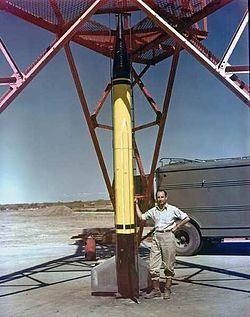
A few WAC Corporals survive in museums, including one at the National Air and Space Museum and another in the White Sands Missile Range Museum.
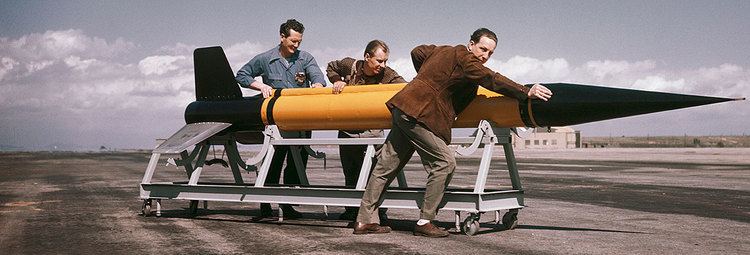
Wac corporal ldrs30
Name
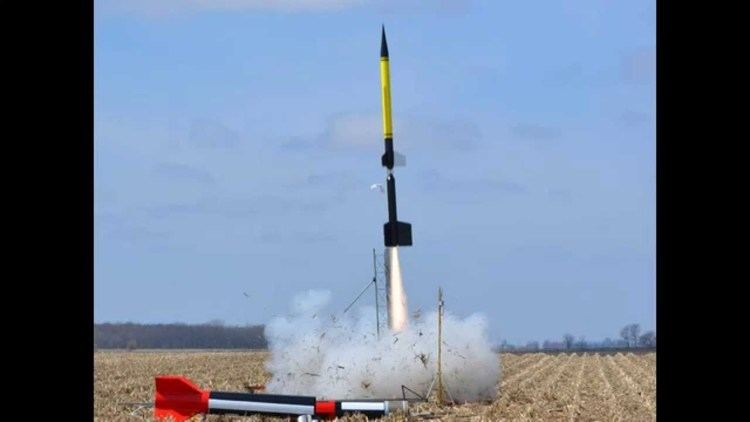
The early U.S. rocket programs were named for enlisted ranks in the United States Army: Private, Corporal, and Sergeant. When, in the words of former JPL director William Hayward Pickering, researchers "came along with this sounding rocket which really didn't fit the pattern" of "getting bigger as you went along", the rocket "was named after the Women’s Army Corps (WAC)".
